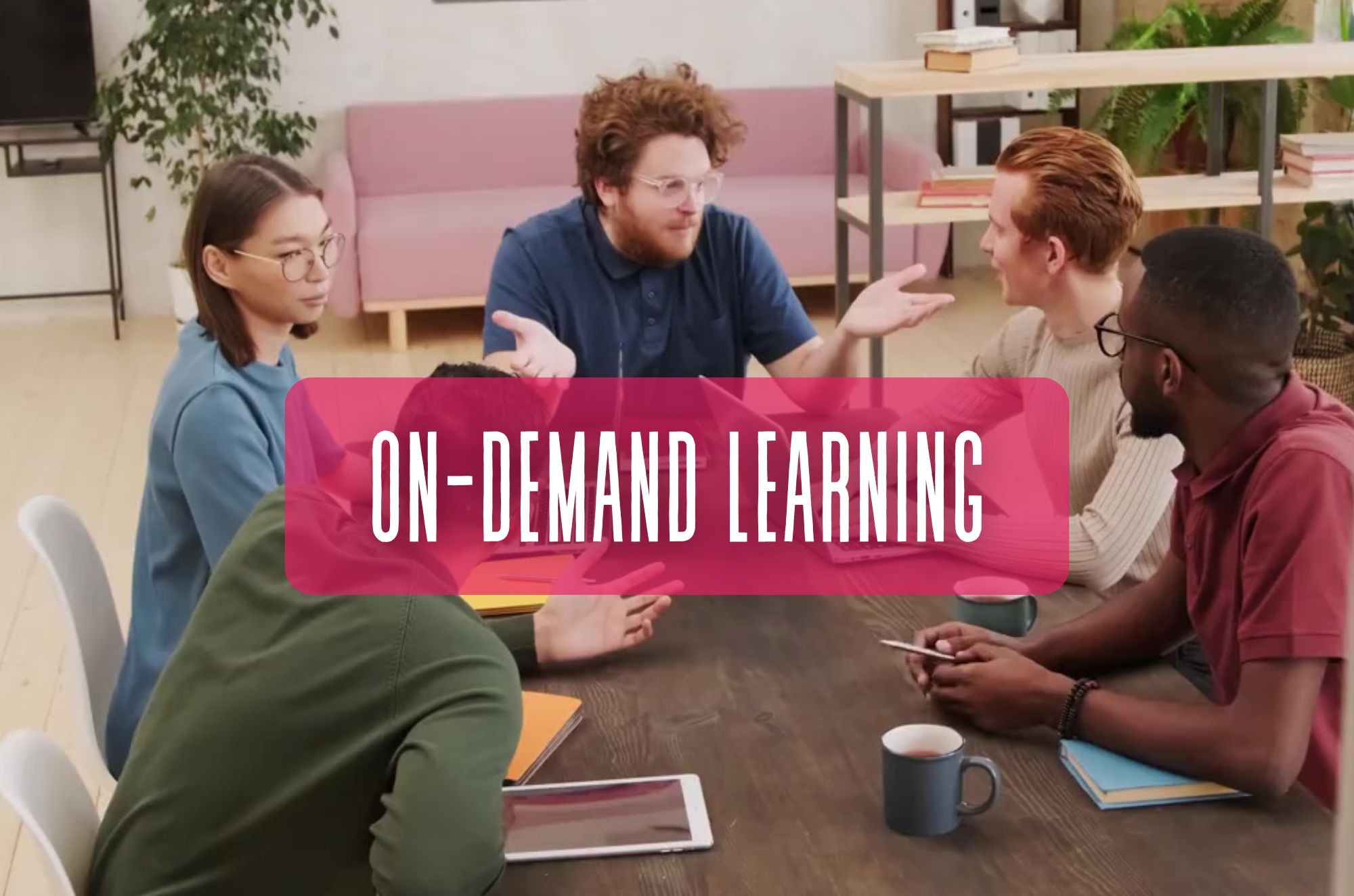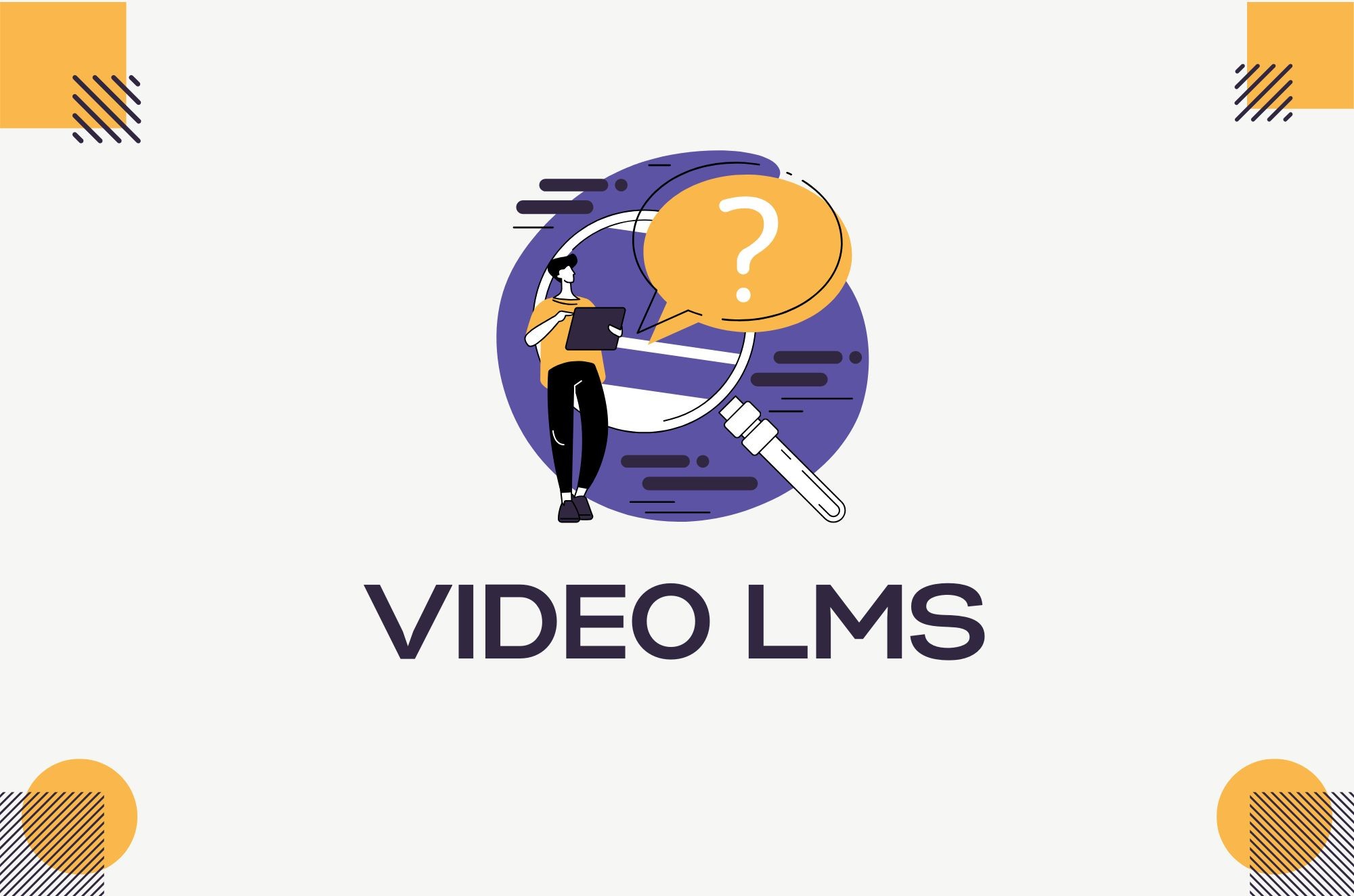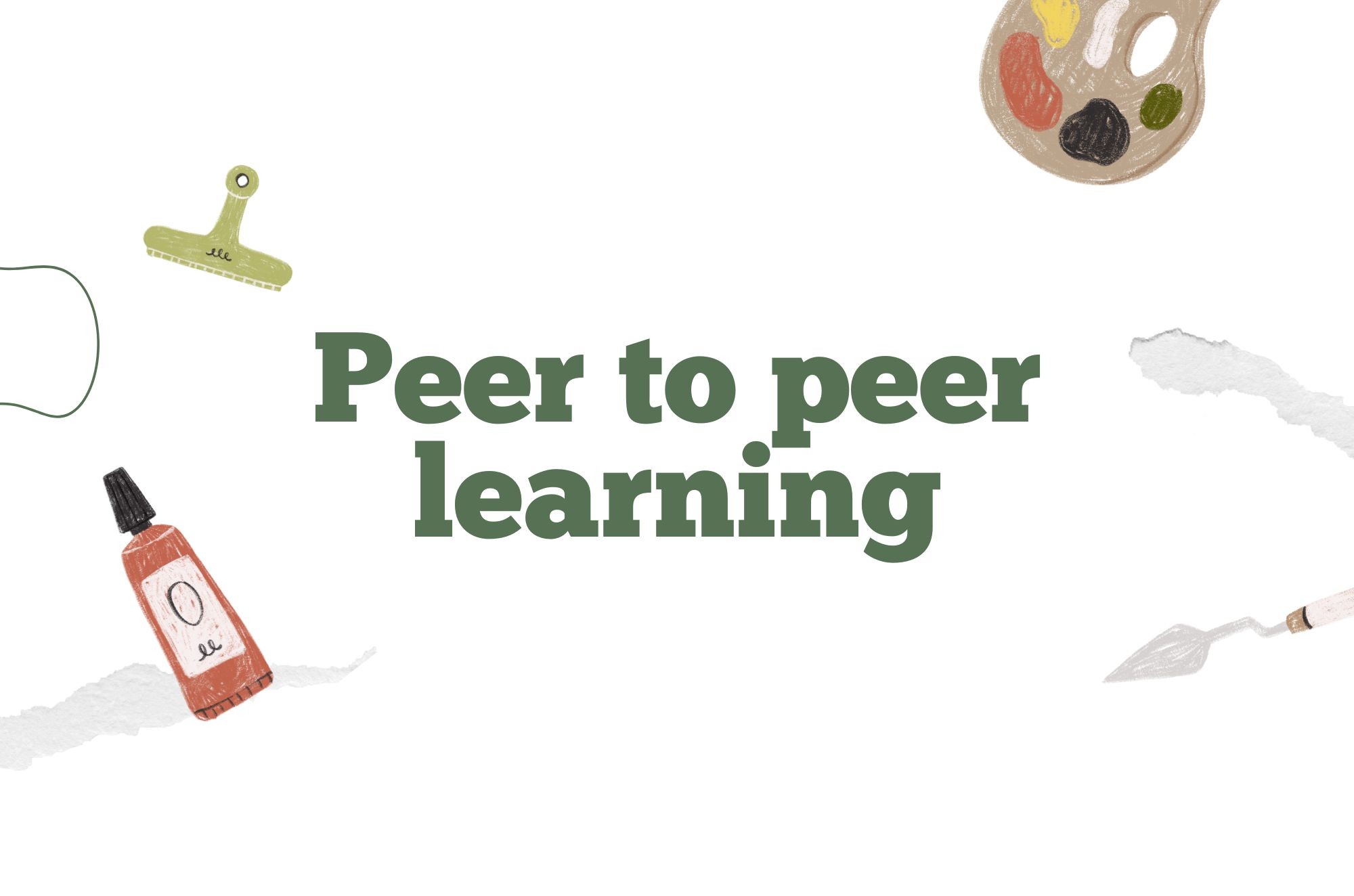Introduction
Imagine a classroom where every student’s eyes light up with curiosity and confidence because the lessons are tailored just for them. That’s what progress learning is all about - a personalized, adaptive approach to education that meets learners where they are and takes them where they need to go. In this article, we’ll explore how progress learning works, why it’s so powerful, and practical tips for implementing progress learning strategies in 2025.
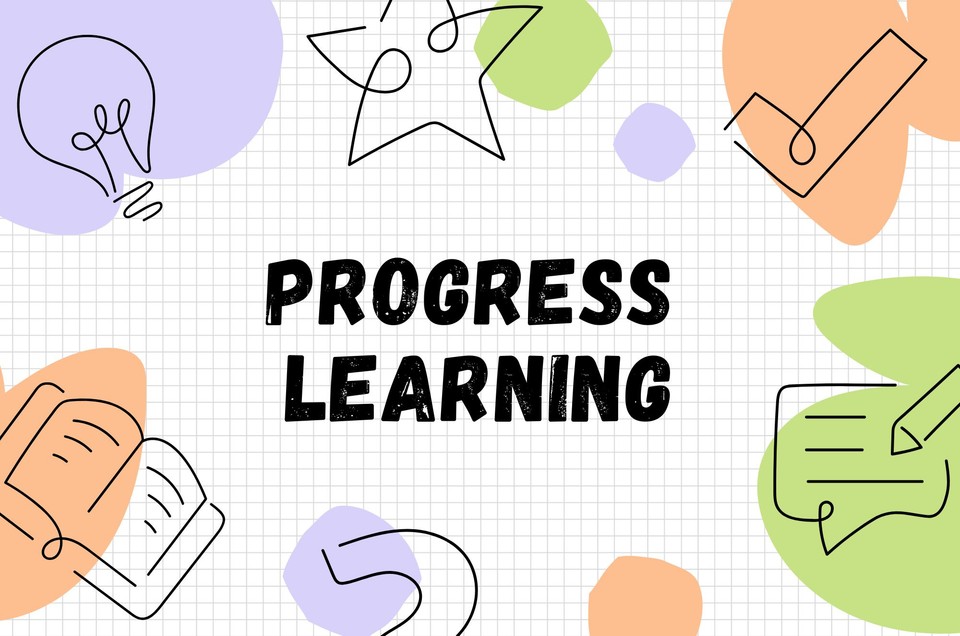
What Is Progress Learning?
Progress learning is a shift in mindset that prioritizes individual student growth over rigid, one-size-fits-all instruction. At its core, it recognizes a simple truth: each of us learns differently. Traditional classrooms often teach to the middle, overlooking advanced learners who crave a challenge and students who need more support. In contrast, progress learning uses adaptive methods, often powered by technology, to ensure each student learns at a comfortable yet suitably challenging pace.
But it’s not solely about technology. While data analytics, AI, and digital platforms are critical pieces of the puzzle, the true power of progress learning lies in its personalized approach. It frames education as a journey - one filled with guidance and real-time feedback, rather than a finish line everyone must cross at the same time. The result? Learners who feel motivated, teachers who can teach more effectively, and parents who see meaningful improvement in their child’s academic performance.
Understanding Progress Learning as a Platform
You might have encountered the phrase “progress learning” used in general contexts, referring to an adaptive approach to education. While that’s not incorrect, it misses a crucial point: Progress Learning is also the name of a robust, cloud-based platform designed to streamline the personalization process. In other words, the Progress Learning platform gives teachers the tools, resources, and data insights they need to conduct personalized learning without juggling multiple apps or guesswork.
At its core, the Progress Learning platform provides:
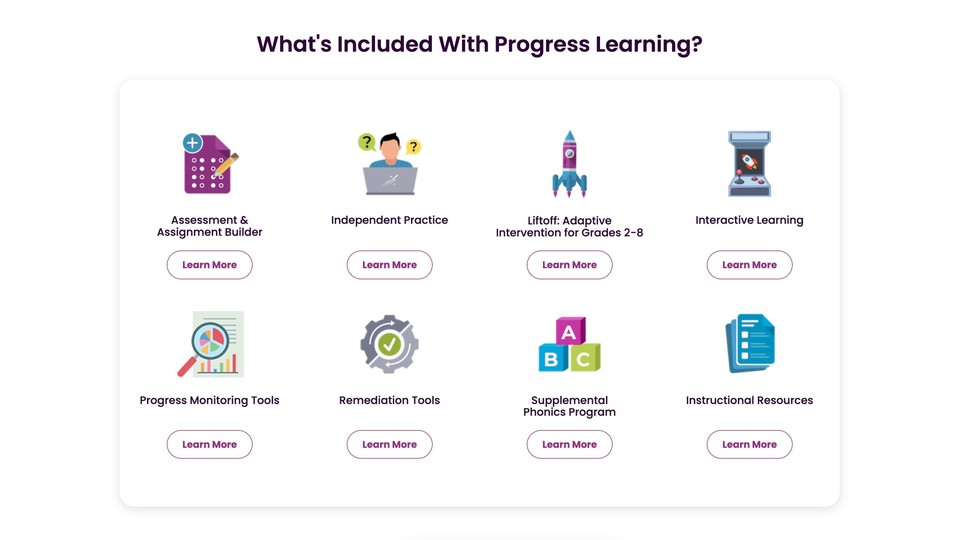
1. Adaptive Practice
Over 300,000 practice items in 47 different formats (multiple-choice, technology-enhanced, and more) that automatically adjust to each student’s performance level.
2. Standards Alignment
Lessons and materials that line up with state and national standards, ensuring compliance and helping teachers meet educational benchmarks.
3. Data-Driven Insights
Real-time analytics that let educators track individual and classroom progress, identify problem areas, and intervene proactively.
4. Gamification Elements
Features like Galaxy Stars and interactive games that motivate students to stay engaged.
5. Tools for Collaboration
Built-in sharing and collaboration functionalities for educators, so you don’t have to teach in isolation.
Far from being a mere collection of quizzes, progress learning offers a holistic ecosystem where teachers can manage assessments, remediation, enrichment activities, and more. Importantly, it’s also a space that fosters genuine student engagement through personalization and adaptive features.
Progress Learning Platform: Features at a Glance
Feature Category | Specific Capabilities | Impact on Learning |
Adaptive Practice | 300,000+ practice items in 47 formats; automatic difficulty adjustment; technology-enhanced questions | Ensures optimal challenge level for every student; prevents boredom and frustration |
Standards Alignment | Comprehensive coverage of state and national standards; standards-tagged content; gap identification | Guarantees compliance; simplifies curriculum mapping; identifies coverage gaps |
Assessment Tools | Formative assessments; benchmark testing; custom quiz creation; instant grading | Provides continuous feedback; reduces teacher workload; enables timely interventions |
Analytics Dashboard | Real-time performance tracking; individual and class-level reports; predictive analytics; mastery indicators | Informs instructional decisions; identifies struggling students early; tracks growth over time |
Gamification | Galaxy Stars reward system; achievement badges; leaderboards; progress visualizations | Increases motivation; sustains engagement; creates positive feedback loops |
Content Library | Pre-built lessons; instructional videos; interactive simulations; practice worksheets | Saves teacher preparation time; provides diverse learning modalities; ensures quality resources |
Collaboration Tools | Teacher sharing capabilities; professional learning communities; shared assessments; best practice forums | Reduces isolation; facilitates peer learning; leverages collective expertise |
Parent Portal | Progress reports; standards mastery views; home practice assignments; communication tools | Increases family engagement; provides transparency; extends learning beyond school |
Integration Options | LMS connectivity; roster syncing; grade export; single sign-on capability | Streamlines workflows; reduces duplicate data entry; creates seamless user experience |
Accessibility Features | Text-to-speech; adjustable font sizes; color contrast options; keyboard navigation | Ensures equitable access; serves diverse learners; complies with accessibility requirements |
Key Benefits of Progress Learning
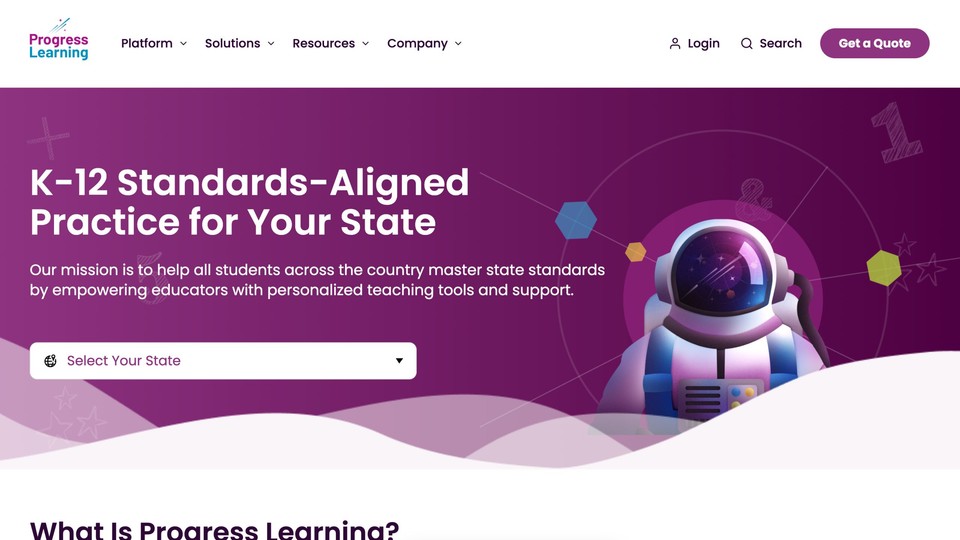
1. Personalized Learning Paths
From day one, Progress Learning helps educators determine a baseline for each student. That initial assessment becomes the roadmap for personalized instruction. So, if your student excels in reading comprehension but struggles with algebraic equations, the platform tailors the content accordingly. You’re not left guessing who needs help or who’s ready for a challenge; you have data-backed evidence to guide every step.
2. Standards-Aligned Practice
Staying compliant with state and national standards can be one of the biggest hurdles for teachers. Progress Learning keeps these standards at the forefront, providing resources that directly align with the requirements you need to cover - no more searching across multiple sites or creating materials from scratch. This built-in alignment ensures that every quiz, game, or practice sheet your students tackle is purposeful and relevant.
3. Data-Driven Instruction
One reason educators find Progress Learning invaluable is its commitment to data-driven instruction. The platform doesn’t just gather data; it synthesizes it into actionable insights. You can see at a glance which standards your class has mastered and which ones need reinforcement. Formative assessments within the platform constantly feed into dashboards, helping you differentiate instruction and make informed teaching decisions.
4. Gamification for Engagement
Anyone who’s been in the classroom knows that even the most rigorous curriculum can fail if students aren’t engaged. Progress Learning uses gamification elements - like awarding Galaxy Stars for achievements - that students can trade for in-platform rewards. This immediate, positive feedback loop encourages them to keep practicing and exploring. It also brings a healthy dose of competition and fun into the classroom, appealing to students who might otherwise tune out.
5. Teacher Support and Training
The beauty of the Progress Learning is that it doesn’t expect educators to be tech experts. Webinars, orientation materials, and live sessions help teachers become product pros. There’s also a community aspect; you can collaborate with other teachers, share strategies, and discuss assessment data together. This professional ecosystem ensures you’re not just adding another piece of technology to your day - you’re integrating a well-supported system that actually simplifies classroom management.
Creating eLearning Content with AI
As powerful as the platform is, you’ll often want to include additional resources - like short videos or tutorials - to address specific topics or to spice up your lesson plans. That’s where Fliki comes in.
Fliki is an AI-based video creation tool that allows you to generate educational content without spending hours on complicated editing software. This can be a lifesaver for teachers juggling multiple responsibilities. Here’s how to integrate Fliki with your Progress Learning experience:
1. Identify Gaps
Use Progress Learning analytics to pinpoint areas where students struggle (e.g., fractions, essay structure, or lab safety in science).
2. Draft a Script
Write a script or use AI writing tools like ChatGPT to generate a first draft - focusing on the specific skill or concept that needs reinforcement.
3. Create a Video
Head to Fliki, paste in your script, and watch as it automatically suggests visuals, stock footage, or AI avatars to bring your words to life.
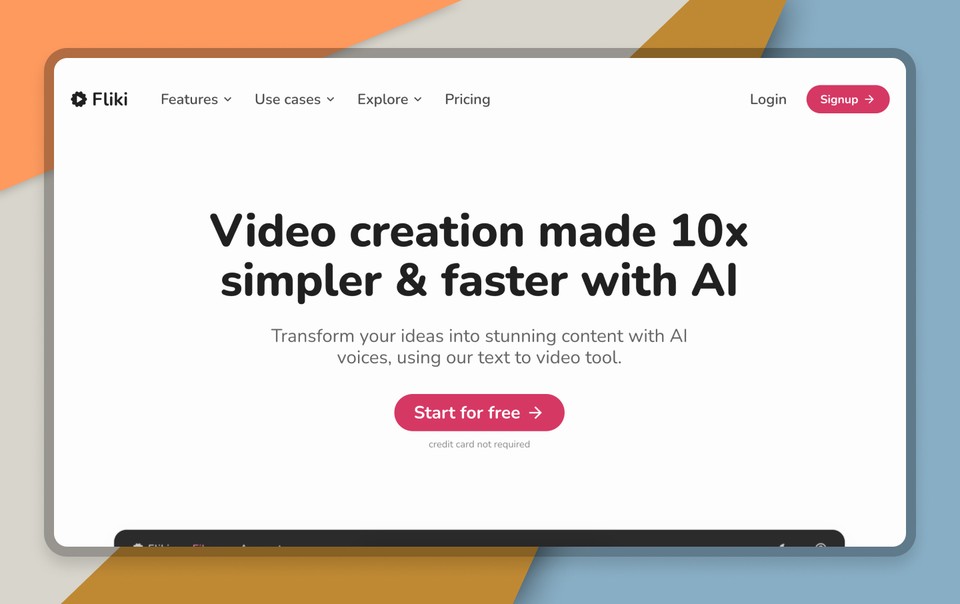
4. Customize & Add Branding
You can incorporate your school’s logo, color scheme, or specific images that align with your curriculum.
5. Preview & Edit
Fliki makes it easy to modify the flow, adjust voiceovers, or tweak transitions. Always proof your videos for accuracy and pacing.
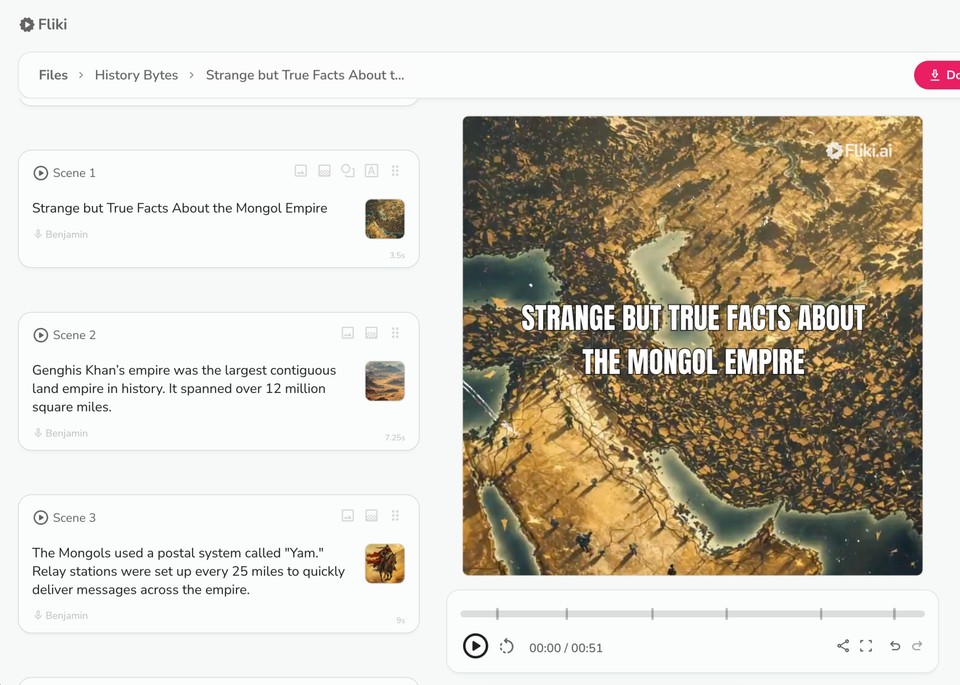
6. Download video
Once you’re satisfied, generate a downloadable MP4 file. Share the final product via the Progress Learning platform, a Learning Management System (LMS), or even a class website.
With minimal effort, you’ve now created a targeted, engaging resource that your students can watch anytime - perfect for homework assignments, flipped classrooms, or even review sessions right before a big exam.
Why AI-Generated Video Content Works
If you’re skeptical about AI-generated videos, consider these advantages:
Time Savings: Creating high-quality video content traditionally involves camera equipment, editing software, and a fair bit of skill. AI tools like Fliki streamline the entire process, freeing you up for lesson planning or one-on-one student support.
Consistency & Professionalism: Even if you’re not a media guru, AI-driven platforms ensure a polished look with smooth animations, transitions, and visuals that match your script.
Multi-Lingual Options: Do you teach a diverse group of students who speak different languages at home? Fliki and similar platforms can generate multiple versions of the same video in various languages - making your content more inclusive.
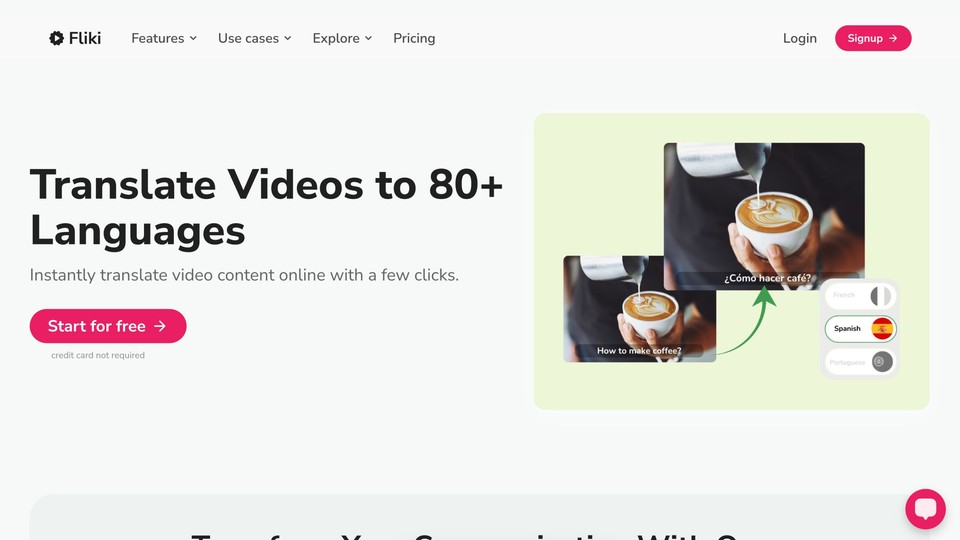
Scalability: Once you develop a workflow, you can pump out multiple videos for different topics or units without burning out.
In essence, combining the powerful analytics of Progress Learning with the quick video creation capabilities of Fliki creates a dynamic teaching environment. You identify needs through data, then deliver tailored content that’s visually appealing and accessible.
Practical Tips for Implementing Progress Learning Strategies
We’ve covered the “why” behind Progress Learning and how to use Fliki to boost engagement. Now, let’s look at some hands-on steps to get your classroom (or entire school) on board:
1. Establish Baselines
Before diving into big changes, use Progress Learning to run initial assessments or benchmark tests. This is crucial to set a starting point for each student.
2. Set SMART Goals
Whether you’re focusing on a unit in algebra or building reading comprehension, define Specific, Measurable, Attainable, Relevant, and Time-based targets. Because Progress Learning is data-rich, you’ll be able to track each goal over time.
3. Use Data to Group Students
After analyzing the data, group students with similar needs for focused mini-lessons, or pair stronger students with those who need help. The real-time analytics in Progress Learning make it easy to spot these groupings.
4. Gamify the Classroom
Encourage healthy competition by highlighting top performers or rewarding incremental improvements with in-class prizes (or digital badges). Integrate the platform’s built-in gamification tools - like Galaxy Stars - to maintain high engagement.
5. Create Quick Videos for Remediation
If the platform’s analytics show that a subset of your class is stumbling over a topic, create a short video with Fliki clarifying those points. You can share the video through the Progress Learning platform or any LMS for immediate, targeted remediation.
6. Embrace Collaboration
Sometimes teachers might feel isolated. Use the community features within Progress Learning or your school’s professional learning communities to discuss data, share Fliki videos, and swap best practices.
7. Monitor Progress and Adjust
Progress Learning’s real-time tracking lets you see who’s improving and who might be stuck. Modify groups, lesson plans, or even your video content strategy accordingly. The key is flexibility and responsiveness to actual data.
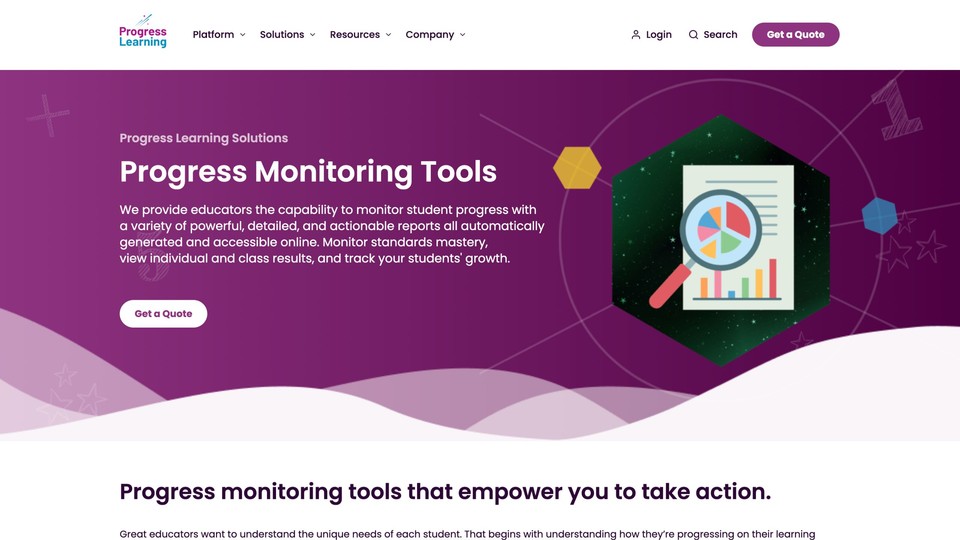
8. Celebrate Milestones
Don’t forget to recognize achievements, big or small. A student who moves from 40% to 50% mastery of a standard has made progress worth celebrating. These wins build confidence and encourage a growth mindset.
Overcoming Common Challenges
Every new platform or teaching method comes with a learning curve. Here’s how to handle some typical bumps in the road:
Tech Hesitation: Some educators worry about diving into unfamiliar technology. Start small, maybe with one class or a single Fliki video. Lean on the platform’s training resources and your colleagues for support.
Time Constraints: Yes, setting up personalized learning can be time-consuming at first. But the automated grading, data analytics, and instant feedback features in Progress Learning eventually save you hours each week.
Student Device Access: Not all classrooms have a 1:1 device ratio. In such cases, try rotating stations where smaller groups work on digital content while others tackle hands-on or paper-based tasks.
Standardized Test Pressure: Ironically, some educators might worry about focusing on anything beyond test prep. The good news is that Progress Learning’s standards alignment and adaptive practice directly support strong test performance, as evidenced by multiple case studies.
The Powerful Combination of Progress Learning and Fliki
Let’s paint a picture of what a blended approach looks like in practice. You log into Progress Learning one morning to check your students’ progress on last night’s math assignment. You notice that about 30% of the class is consistently missing fraction word problems. So, you decide to create a Fliki video - complete with step-by-step example problems that covers fraction applications more slowly and visually.
You share this new video into a practice assignment on Progress Learning. Students watch the video and then complete a fresh set of fraction questions specifically targeted at their skill level. The system’s adaptive engine tracks improvement, and by the end of the week, you see that fraction mastery in your class has risen significantly. Students who still struggle get flagged automatically, enabling you to schedule one-on-one or small-group sessions.
This cycle of discover (via platform data) → respond (via Fliki) → measure (platform data again) turns your classroom into a responsive, student-focused environment. Instead of teaching to the middle or hoping a one-size-fits-all lesson sticks, you’re using technology and creativity to meet students exactly where they are.
Why This Matters for the Future of Education
Education is shifting from rigid, broad curricula toward more personalized, student-centered experiences. Platforms like Progress Learning epitomize this shift by blending adaptive learning, gamification, and data analytics in one user-friendly ecosystem. Meanwhile, AI tools such as Fliki help educators produce content that resonates with digital-savvy learners.
By merging these technologies, we move closer to an ideal scenario: every student receives the right lesson at the right time, guided by immediate and meaningful feedback. This synergy not only improves test scores but fosters a love of learning that students carry into higher education and beyond.
For educators, the future of teaching looks bright, too. Automation handles tedious tasks like grading and data analysis, freeing teachers to do what they do best - mentor, inspire, and connect with students on a human level.
Final Words
Progress learning offers a refreshing alternative to the traditional educational model, one that celebrates each student’s unique strengths and challenges while providing educators with the data and tools they need to succeed.
Personalized pathways, adaptive content, and engaging methods - like gamification in education enable students not only to learn but to thrive. Coupled with user-friendly AI platforms like Fliki, creating dynamic eLearning content has never been easier, empowering teachers to reach every learner in innovative, meaningful ways.
FAQs
Progress learning is both an educational methodology emphasizing personalized, adaptive instruction and a cloud-based platform providing tools for implementing this approach with 300,000+ practice items and real-time analytics.
Unlike one-size-fits-all teaching, progress learning adapts to individual
student needs, pace, and learning styles through technology-enabled personalization and data-driven instruction.
Key advantages include personalized learning paths, improved student engagement, data-driven decision making, standards alignment, and preparation for lifelong learning.
Successful implementation requires professional development for educators, curriculum redesign, technology infrastructure investment, and ongoing monitoring through data analytics.
Essential components include adaptive learning platforms, reliable internet connectivity, student devices, learning management systems, and data analytics tools.

